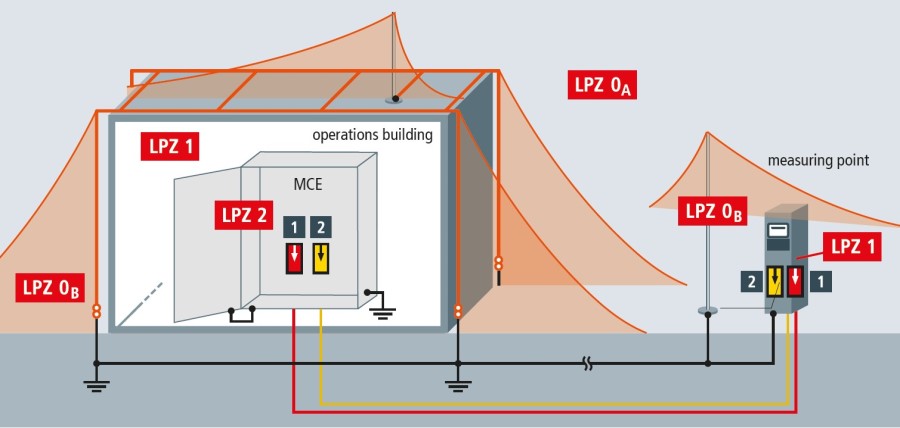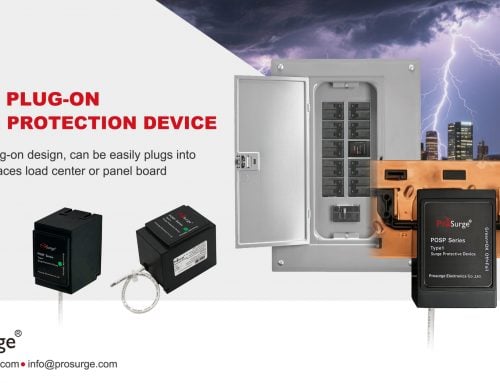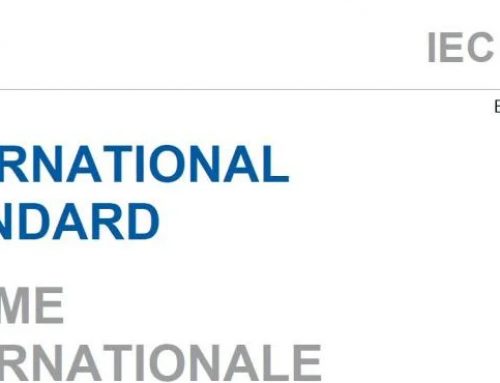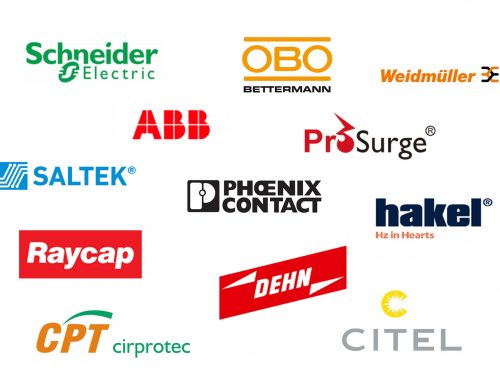Lightning Protection Zone (LPZ)
In IEC standard, terms like type 1/2/3 or class 1/2/3 surge protective device is very popular. In this article, we are going to introduce a concept that is highly related to the previous terms: lightning protection zone or LPZ.
What is lightning protection zone and why does it matters?
The lightning protection zone concept is originated and described in the IEC 62305-4 standard which is an international stand for lightning protection. The LPZ concept is based on the idea of gradually reducing lightning energy to a safe level so that it won’t cause damage to terminal device.
Let’s see a basic illustration.

So what does the different lightning protection zone means?
LPZ 0A: It is a unprotected zone outside the building and it’s exposed to direct lightning strike. In LPZ 0A, there is no shielding against electromagnetic interference pulses LEMP (Lightning Electromagnetic Pulse).
LPZ 0B: Like LPZ 0A, it is also outside the building yet LPZ 0B are protected by the external lightning protection system, normally within the protection area of the lightning rod. Again, there is no shielding against LEMP too.
LPZ 1: It is the zone inside the building. At this zone, it is possible there are partial lightning current exists. But the lightning current is quite low as at least half of it are conducted to the ground by external lightning protection system. Between LPZ0B and LPZ1, there should be Class 1/ Type 1 SPD installed to protect the downstream devices.
LPZ2: It is also the zone Zone inside the building where low surges are possible. Between LPZ2 and LPZ1, there should be Class 2/Type2 Surge protection device.
LPZ3: Like LPZ1&2, LPZ3 is also the zone inside the building where there is no or minimal surge currents.





